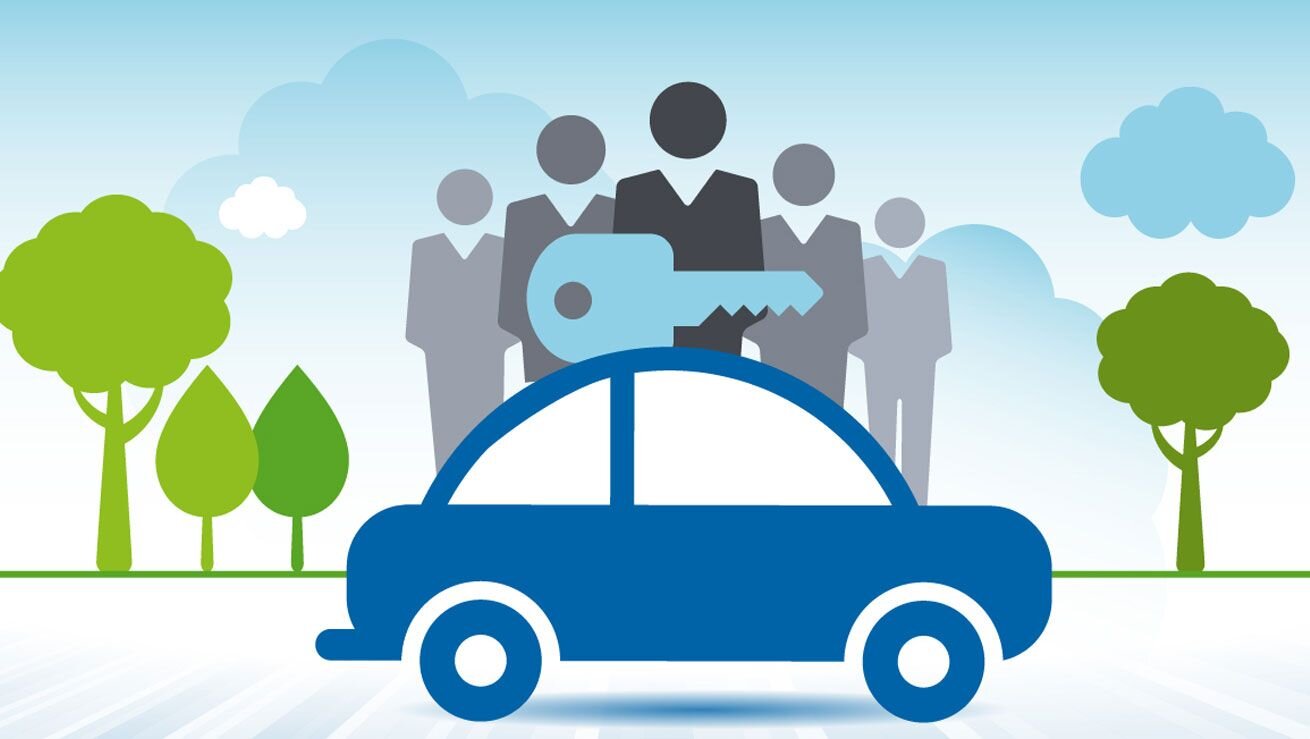Car Sharing in Community
/Hi again!
This week I will be introducing the topic of car sharing!
According to data collected by the Organization for Economic Co-operation and Development (OECD), the average car sits unused more than 90% of its lifetime. The United States Environmental Protection Agency (EPA) estimates a typical passenger vehicle creates 4.6 metric tons of carbon dioxide annually, in addition to emitting methane and nitrous oxide. The automobile industry is dramatically changing, with electric vehicles on the rise and states such as California even declaring that no gasoline-powered passenger vehicles will be sold after 2035. With the growing popularity in ride sharing apps such as Uber and Via, it is no surprise that communities are looking to implement car sharing systems of their own.
For an environmentally-conscious community like Altair, sharing electric cars among community members is a great idea that many are looking forward to. Car sharing not only saves residents money, but also dramatically reduces their collective environmental footprint. Altair is planning on having a fleet of electric vehicles to share among the members in order to live lighter on the land.
One cohousing community working on developing a car sharing program is the EcoVillage at Ithaca, New York. A member, Dawn Montanye, shares her story on the Thrive Ithaca Ecovillage Education Center blog. When Dawn totaled her car, she decided to start car sharing with her neighbors instead of purchasing a new one. She uses the group’s car for her regular needs and contributes by paying for her mileage and maintenance costs. Both Dawn and her neighbors are saving money by sharing the car. Now, Dawn is working to implement a community-wide program.
Sharing resources is a key element in cohousing, so car sharing is a natural step, and probably the most important one. Communities introduce car sharing differently depending on the needs of the community. Here is a car sharing policy example from Prairie Sky Cohousing in Calgary, Alberta.



